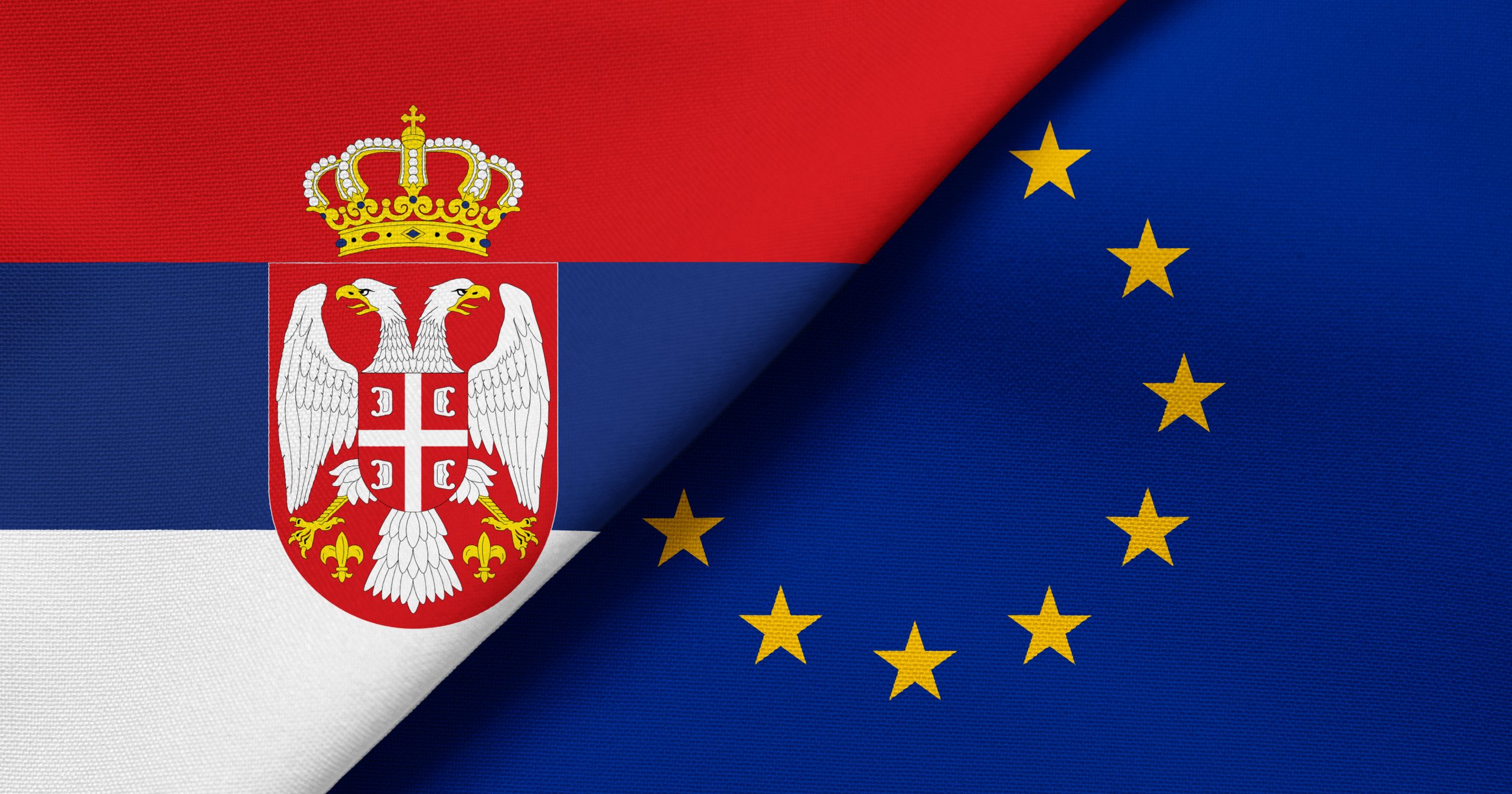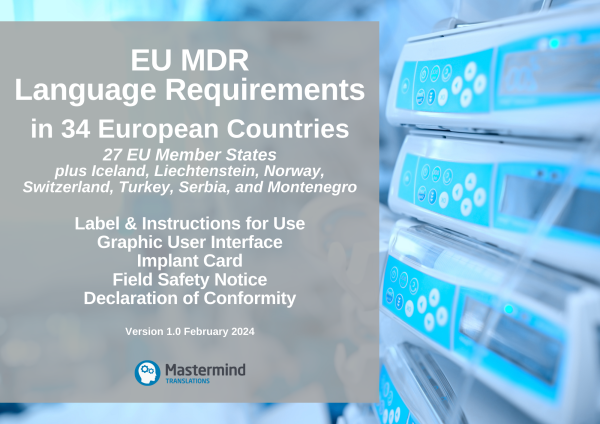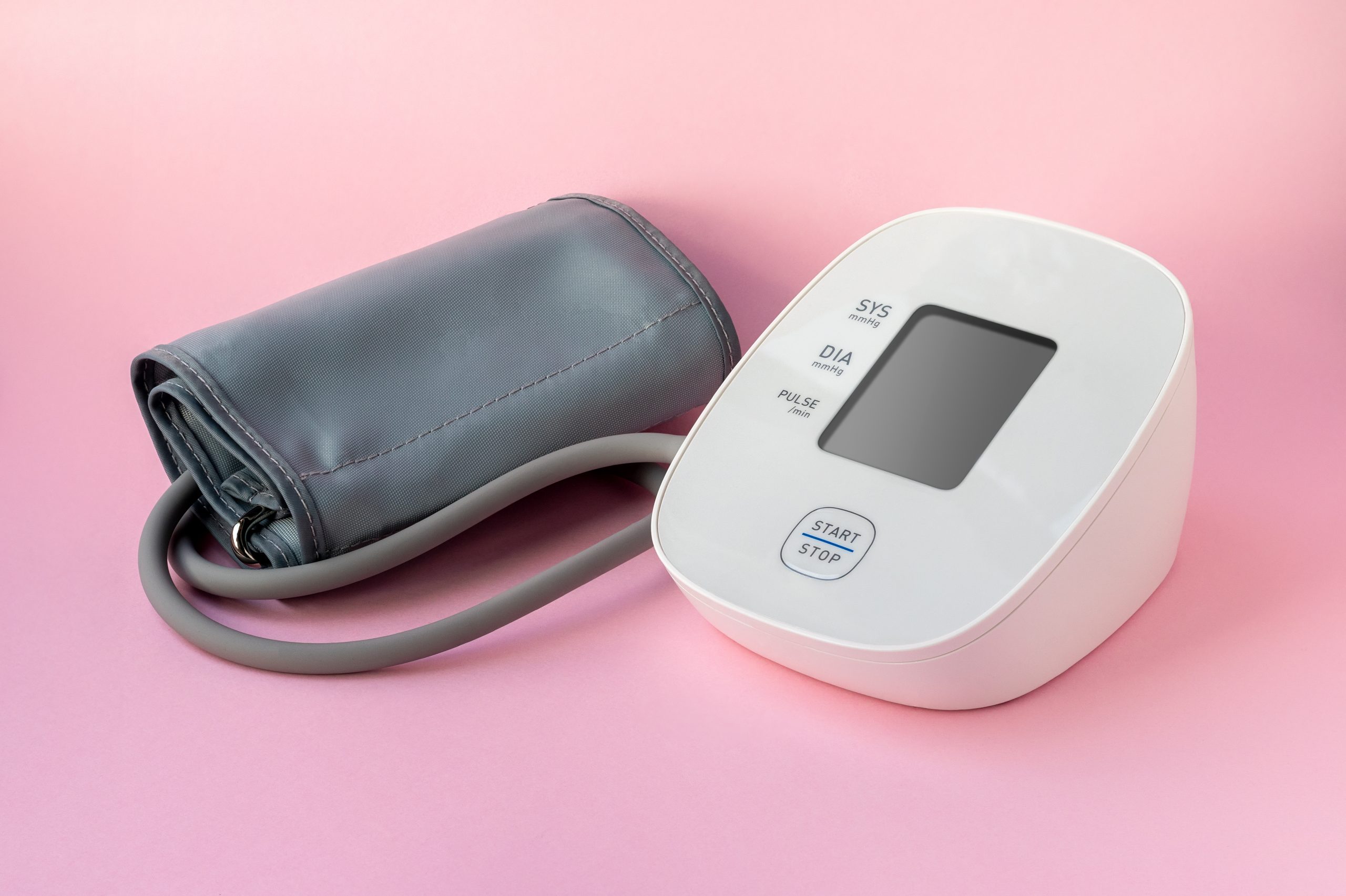Serbia is making significant progress towards membership of the European Union and, as part of this process, has harmonised a number of its laws and regulations with EU legislation. One such legal area concerns the marketing of medical devices. This is subject to stringent regulatory measures, including mandatory language requirements for the product information accompanying the medical device, such as the label and instructions for use. As a result, manufacturers of medical devices intending to place their products on the Serbian market must follow strict language rules. This article will explore the language requirements for medical devices in Serbia and their implications for medical device companies operating in the country’s market.
What are the language requirements under the EU Medical Device Regulation?
The EU Medical Device Regulation (EU) 2017/745, more commonly known as the EU MDR, is a new EU regulatory regime for medical devices placed on the EU market. In Article 10(11), it sets out language requirements for information accompanying a medical device. This information is defined in Section 23 of Annex I as the information needed to identify the device and its manufacturer, as well as any safety and performance information that appears on the device itself, on the packaging, and in the instructions for use (IFU).
Under these requirements, manufacturers must ensure that the information supplied with their medical device is in an official language of the EU. Individual EU Member States determine the language(s) for their domestic market. The purpose of this provision is to ensure that all users, both lay and professional, have access to information about their medical device in order to make informed decisions about its use and safety.
EU MDR language requirements also apply to other information, such as the declaration of conformity and technical documentation. This information is, however, intended for competent authorities, notified bodies, or other entities, and not for the user of the medical device.
In which countries do the EU MDR language requirements apply?
The MDR is directly applicable in all 27 EU Member States. As an EU piece of legislation relating to the European single market, it also covers Iceland, Liechtenstein and Norway, which are part of the European Economic Area (EEA). As such, these countries have included the MDR provisions in their national medical device legislation. In order to facilitate access to the European single market, Switzerland and Turkey have also aligned their national medical device laws with the MDR.
Why has Serbia aligned its medical device legislation with the EU MDR?
Serbia is a European country, but not yet a member of the EU or the EEA. Its application for EU membership was made in 2009, and Serbia received full candidate status in 2012. In 2013, the Stabilisation and Association Agreement between the European Union and the Republic of Serbia (SAA) entered into force, having been signed in 2008. In 2010, the Interim Agreement on Trade and Trade-Related Issues, a part of the SAA, formally took effect. However, Serbia had already begun unilaterally implementing the provisions of this agreement in 2009, in order to make the Serbian market more attractive to foreign investors sooner.
These agreements paved the way for Serbia to begin systemic reforms in order to align its legislation with that of the EU. Currently, 97% of European standards have been adopted as Serbian standards, and 75% of the EU’s technical regulations have been incorporated into the Serbian legislative system. Accession negotiations are now well underway, and the country expects to conclude them in 2024, with a view to joining the EU by 2025.
According to the Medicines and Medical Devices Agency of Serbia (ALIMS), nearly 30,000 medical devices have been marketed in the country since 1993, when the production and marketing of medical devices was first regulated, by the Law on Production and Marketing of Medicines. Currently, up to 88% of medical devices are imported into the country, with EU-based manufacturers the leading suppliers. Serbia’s medical device market is projected to have a compound annual growth rate of 8.06% until 2027, making it attractive to manufacturers, particularly those based in Europe.
With the goal of facilitating its trade with the EU and meeting its pre-accession obligations in the area of free movement of goods, Serbia has aligned its medical device legislation with the EU MDR. This harmonisation also includes language requirements for information provided with medical devices entering the Serbian market.
What is the new medical device legislation in Serbia?
The primary piece of Serbian legislation on medical devices, including in vitro diagnostic medical devices and active implantable medical devices, is the Law on Medical Devices (in Serbian: Закон о медицинским средствима), dated 23rd November 2017 and published in the Official Gazette of the Republic of Serbia No. 105/2017. In addition, certain aspects are detailed in a series of rulebooks that include basic requirements for medical devices, as well as specifications for labelling and the content of instructions for use.
What are the language requirements for medical devices in Serbia?
Language requirements for the label and instructions for use
The label and instructions for use for medical devices marketed in Serbia, including devices for special purposes, such as devices for clinical investigation and custom-made devices, must be written in Serbian.
Law on Medical Devices, Article 19
The information necessary for the safe use of a medical device for the intended purpose, which accompanies the medical device marketed or used in the Republic of Serbia, must be in Serbian and written in an understandable manner that takes into account the knowledge of the potential user, except the packaging of the medical device for professional use in accordance with this Law.
Law on Medical Devices, Article 93
The instructions for the use of the medical device must be written in Serbian and must be in full compliance with the original text of the manufacturer’s instructions.
The Rulebook on labelling and the content of instructions for use of a medical device (in Serbian: Правилник о обележавању и садржају упутства за употребу медицинског средства), published in the Official Gazette of the Republic of Serbia No. 4/2019, lays down more specific rules on the content and method of labelling of the outer and inner packaging of a medical device, as well as the content of instructions for use.
Rulebook on labelling and the content of instructions for use of a medical device, Article 11
The medical device used independently by the patient shall be labelled in Serbian: the original packaging shall contain text in Serbian or the original foreign packaging shall be labelled with an additional sticker in Serbian in accordance with this Rulebook.
Rulebook on labelling and the content of instructions for use of a medical device, Article 15
The instructions for use of a medical device shall be in Serbian, indelible, legible, comprehensible and permanent.
Language requirements for the declaration of conformity
The declaration of conformity is a new type of conformity document in the Serbian legal system. The Law on Medical Devices does not explicitly mention language requirements for the declaration of conformity issued for medical devices placed on the market in Serbia.
These language requirements are addressed in the Rulebook on basic requirements for medical devices (in Serbian: Правилник о основним захтевима за медицинска средства), published in the Official Gazette of the Republic of Serbia No. 65/2018.
It states that the declaration of conformity for all medical devices, including in vitro diagnostic medical devices, placed on the Serbian market must be in Serbian and English.
Rulebook on basic requirements for medical devices, Article 2
Records and correspondence related to the procedures referred to in para. 1–6 of this Article shall be provided in Serbian and English.
Rulebook on basic requirements for medical devices, Article 3
Records and correspondence related to the procedures referred to in para. 1–5 of this Article shall be provided in Serbian and English.
This is also reflected in the ALIMS’s official position on that matter.
Are there any exemptions from the national language requirements for medical devices in Serbia?
If a medical device is intended for use by healthcare professionals only, it can be labelled in Serbian or English.
Law on Medical Devices, Article 94
The outer and inner packaging of the medical device for professional use must be marked in Serbian or English, and for medical devices that the patient uses on their own, it must be marked in Serbian.
Where can we find more information on the language requirements for medical devices in other European countries?
To address the most common questions asked by medical device manufacturers, we have meticulously curated a comprehensive resource outlining the languages accepted under the EU MDR language requirements in 34 European countries. Our EU MDR Language Requirements Table 2024 covers the 27 EU countries, along with Iceland, Liechtenstein, Norway, Switzerland, Turkey, Serbia, and Montenegro, and features dedicated sections for the label/instructions for use, graphical user interface (GUI), implant card, field safety notice (FSN), and declaration of conformity (DoC). Available in our online store, this invaluable resource includes English summaries of national legislations, detailing various exceptions and conditions, as well as clickable links to the official sources. This resource is regularly updated, and incorporates the information published by the European Commission in January 2024.
Please note that the information provided in this article is for guidance only and does not constitute professional regulatory advice. Translation of the legal texts quoted here is unofficial. In the case of specific questions related to regulatory compliance, we recommend seeking assistance from a QA/RA specialist or a relevant competent authority.







